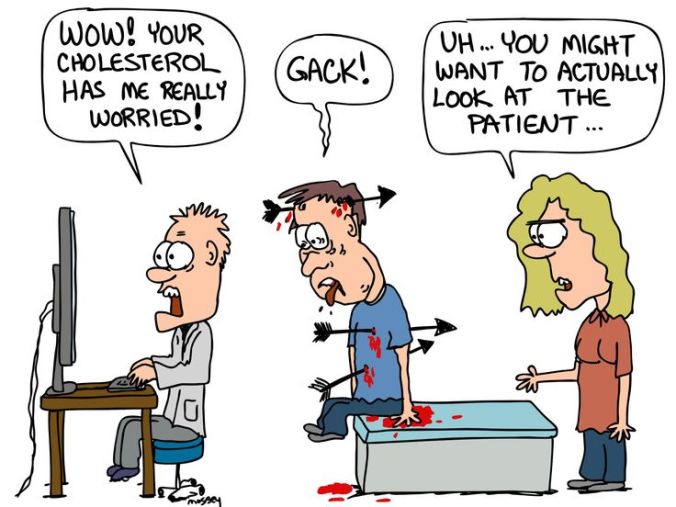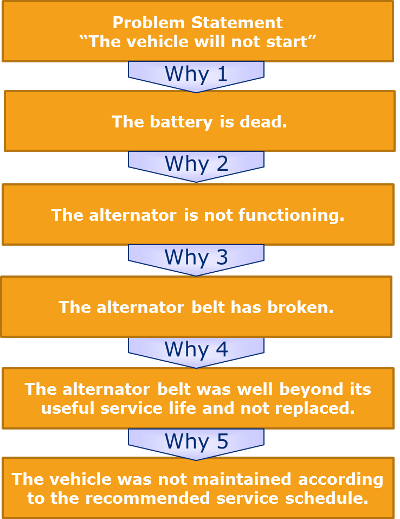Addicted to pain? Sounds a bit extreme, ridiculous, perhaps even illogical. But then again, our minds are only sometimes logical and thankfully, many of us are fortunate enough to have filters so we do not have to disclose the inner workings of our thoughts, which if we are all honest, can be disturbing at times to say the least.
Let’s talk about self-sabotage. Let’s talk about all those times when you are yelling insults at someone you love and perhaps you know it is counter-productive, yet continue to do so anyway. Let’s talk about feeling hyper-vigilant and a constant need to be defensive- almost to the point of looking for an argument. Let’s talk about our consumption of the media that may bolster our views, but further intensifies our anger towards whole groups of people who may think differently.

The list could certainly continue, but to put it simply, in many ways our society thrives on fear and justifying anger and pessimism. For many of us feeling stuck, disillusioned, or afraid, we seek to find ways that validate our experience. And thus, we will often find what we are looking for.
One of my all-time favorite reads is Eckhart Tolle’s, “A New Earth”. It is a must read that discusses our ego’s grasp on our consciousness and how we perceive ourselves and those around us. In this book he describes the phenomena of the “pain body” which he defines as, “the shadow aspect of our being”. Often working without our conscious awareness, the pain body needs to be “fed” in order to survive and it must also evade our conscious recognition of it.
Sometimes the pain body becomes so immense that we can identify almost the totality of who we are with its negative force. This is not uncommon when individuals have faced recurrent trauma, misfortune, grief, and/or loss. We can become consumed by negativity and seek out reasons that support our perpetual glass-half-empty perspective. It may feel foreign or even uncomfortable to seek enjoyment or embrace optimism. It may feel pointless as in the past, the other shoe has always dropped.
It can be hard to acknowledge the “pain body” and in many ways, it means confronting what may be at the foundation of our discontent, which can be in itself a difficult task. Additionally, it can be a challenge to transition from identifying as a victim to empowerment, which comes when we recognize our own ability to transform our perspective, thoughts, and consequently, feelings and experience. On some level this involves self-responsibility, which in many cases can feel unfair and may even evoke resistance as the “pain body” seeks to stay alive and justified.

Of course, many of us will deny ever seeking out pain, yet when we start becoming aware of our thoughts, words, and actions, it may be a bit startling to recognize how much energy may be spent on maintaining negativity versus joy and positivity. The pain body can be elusive and unrelenting. Once taken over, it often wants more and we can become both the victim and the perpetrator again and again.
We can often feel stuck, overwhelmed, angry, and afraid. The pain body thrives on putting us against others, but also turning us against ourselves. It can make our self-esteem dismal and our self-talk perpetually critical and unforgiving. We want joy on one level, yet inevitably find ourselves drawn to the negative. We may be able to escape our pain body for lengths of time only to be quickly triggered by an event, interaction, or memory.
We can all get stuck in the patterns of the pain body from time to time. How can we break free of its grasp?
Awareness is always the first step to change. We all have countless thoughts passing through our minds every day. Most of us can choose to identify with those thoughts or not. The pain body survives only when we remain unconscious to its grasp and patterns. It loves to stay hidden and in the shadows. Once we can learn to observe and shine light on its force, we can begin to undo the pull it may have on our identity.
Try being a self-observer of your thoughts and feelings. Practice being the witness to your pain body…a watcher. Pain will happen, acknowledge it for what it is and be careful to let it not transform into something it is not. Resist identifying with it. Practice staying present as pain has the tendency to keep us stuck in the past or catapult our anxieties to the future. Question the evidence you may have for a particular thought and what evidence you may have against it. Be your own detective. Is a particular thought helpful to forward progress? Acknowledge the thought, but practice the art of saying, “not now”, or reframing the thought into something less harmful.
In the functional medicine world, our perceptions of how we view ourselves, those around us, and our environment is the foundation of foundations from which both emotional and physical wellness can thrive or be hastened. It can be so easy to find ourselves stuck in negativity, but I am going to do my best to count my blessings and take a few deep breaths. Namaste everybody.

Wishing you contentment and vitality.
With gratitude,
Audry Van Houweling, PMHNP-BC, Owner & Founder, She Soars Psychiatry, LLC




